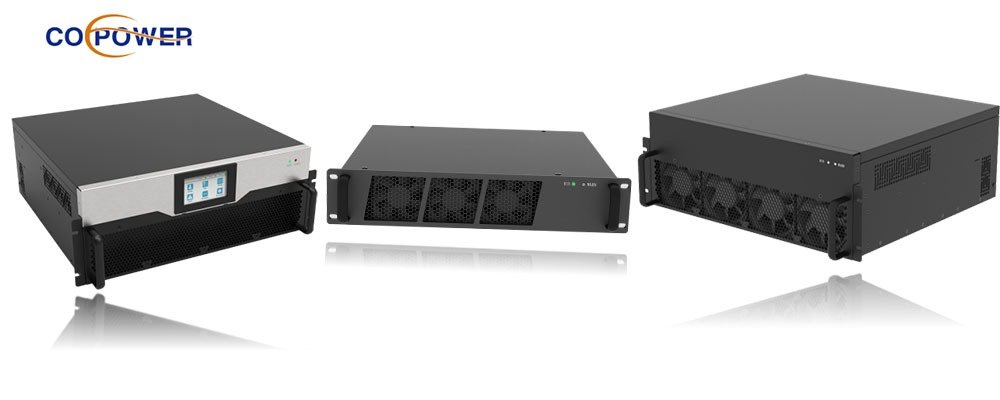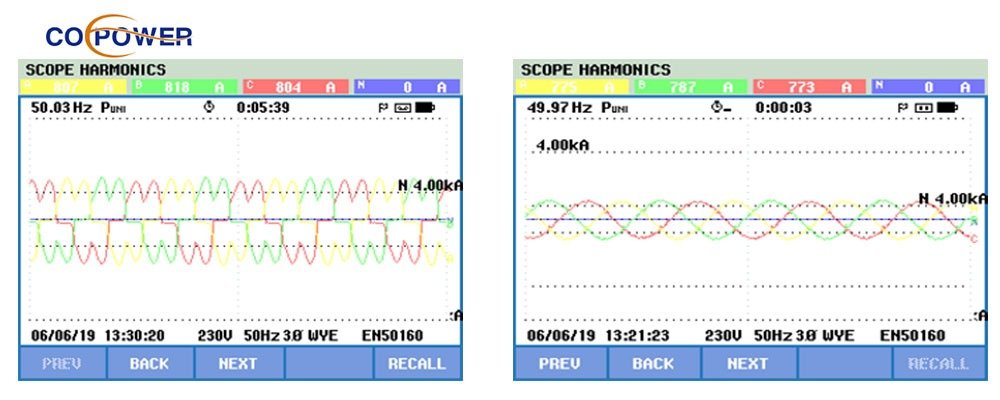Introducción
En los sistemas eléctricos modernos, El uso creciente de cargas no lineales, como unidades de frecuencia variable (VFDS), Suministros de alimentación de conmutación, e inversores de energía renovable: ha llevado a la proliferación de distorsiones armónicas. Estos armónicos pueden degradar la calidad de la potencia, causar mal funcionamiento del equipo, y aumentar las pérdidas de energía. Los filtros armónicos son componentes esenciales diseñados para mitigar estas distorsiones, Garantizar la operación eficiente y confiable del sistema de energía.

- Comprender los armónicos en los sistemas eléctricos
1.1 Definición de armónicos
Los armónicos son formas de onda de voltaje o corriente con frecuencias que son múltiplos enteros de la frecuencia del sistema de energía fundamental (típicamente 50 Hz o 60 Hz). Se generan por cargas no lineales que dibujan la corriente en pulsos abruptos en lugar de ondas sinusoidales suavemente sinusoidales.
1.2 Fuentes de armónicos
Fuentes comunes de armónicos incluyen:
Dispositivos electrónicos de potencia (P.EJ., rectificadores, inversores, VFDS)
Fuentes ininterrumpibles (Unión Postal Universal)
Sistemas de iluminación LED y fluorescentes
Hornos de arco y máquinas de soldadura
Sistemas de energía renovable (inversores solares/eólicos)

El principal orden de distorsión armónica es 5/7 distorsión de corriente armónica, y la forma de onda actual presenta una forma de onda de onda de doble cabeza típica. Antes del tratamiento del equipo, La tasa de distorsión armónica total del sistema alcanzó 35.8%. Después del tratamiento del equipo, La tasa de distorsión armónica total del sistema cayó a aproximadamente 5%, la forma de onda volvió a la normalidad, y al mismo tiempo, Cada armónico disminuyó significativamente.1.3 Efectos de los armónicos
Las distorsiones armónicas pueden conducir a:
Sobrecalentamiento de transformadores y motores, reduciendo su vida útil
Fallas bancarias del condensador debido a condiciones de resonancia
Aumento de las pérdidas de energía en los sistemas de distribución
Interferencia con los sistemas de comunicación
Mal funcionamiento de equipos electrónicos sensibles
Para mitigar estos problemas, Se emplean filtros armónicos.
2. Propósito de los filtros armónicos
El objetivo principal de los filtros armónicos es reducir la distorsión armónica en las redes eléctricas al bloquear o absorber corrientes armónicas. Los objetivos clave incluyen:
Mejora de la calidad de la potencia manteniendo formas de onda de voltaje y corriente cerca de sinusoidales.
Prevenir el daño del equipo causado por un calentamiento armónico excesivo.
Mejorar la eficiencia del sistema al reducir las pérdidas.
Cumplir con estándares de calidad de potencia (P.EJ., Ieee 519, IEC 61000-3-6).
3.2 Filtros armónicos activos (AHF)
Los filtros activos usan la electrónica de potencia (IGBTS, Controladores DSP) para inyectar corrientes antarmónicas que cancelen las distorsiones. Se adaptan dinámicamente a diferentes cargas armónicas.

Ventajas:
Altamente efectivo para una amplia gama de armónicos.
Compensación adaptativa en tiempo real.
Sin problemas de resonancia.
Desventajas:
Mayor costo inicial.
Requiere una fuente de alimentación y circuitos de control complejos.
4. Principio de trabajo de filtros armónicos
4.1 Operación de filtro pasivo
Un filtro pasivo está diseñado para proporcionar una ruta de baja impedancia para armónicos específicos. Por ejemplo, Un quinto filtro armónico utiliza un circuito LC sintonizado para 250 Hz (para 50 Sistemas HZ). Los armónicos a esta frecuencia están desviados, evitando que ingresen a la cuadrícula.
4.2 Operación de filtro activo
Un filtro armónico activo monitorea continuamente la corriente de carga usando sensores. Un procesador de señal digital (DSP) Analiza los armónicos y genera corrientes inversas, que se inyectan nuevamente en el sistema para cancelar las distorsiones.

El equipo de origen armónico genera corrientes armónicas de varios pedidos. Después de la APF mide la corriente armónica, Controla la salida del interruptor IGBT para que sea opuesta a su dirección, y la corriente armónica de igual magnitud es compensada. Después de que la corriente pasa a través del punto de acceso APF, se puede restaurar a puro
5. Solicitudes de filtros armónicos
Los filtros armónicos se utilizan ampliamente en industrias con alta contaminación armónica, incluido:
Plantas industriales (con VFDS y unidades de motor grandes)
Centros de datos (equipo de TI sensible)
Sistemas de energía renovable (parques solares/eólicos)
Hospitales y laboratorios (Requisitos críticos de calidad de potencia)
Edificios comerciales (Iluminación LED y sistemas HVAC)

Proyecto de renovación del astillero de Zhenjiang

Hospital Popular de Shanghai Pudong

Xi’an Termal Power Company

Aeropuerto de Jinan

Chery (Órdenes) Nuevo Parque Industrial de Vehículos Connectados de Energía Inteligente

Southern Sichuan Base de capacitación e investigación de salud pública

Proyecto de pila de carga del estacionamiento de Korla


